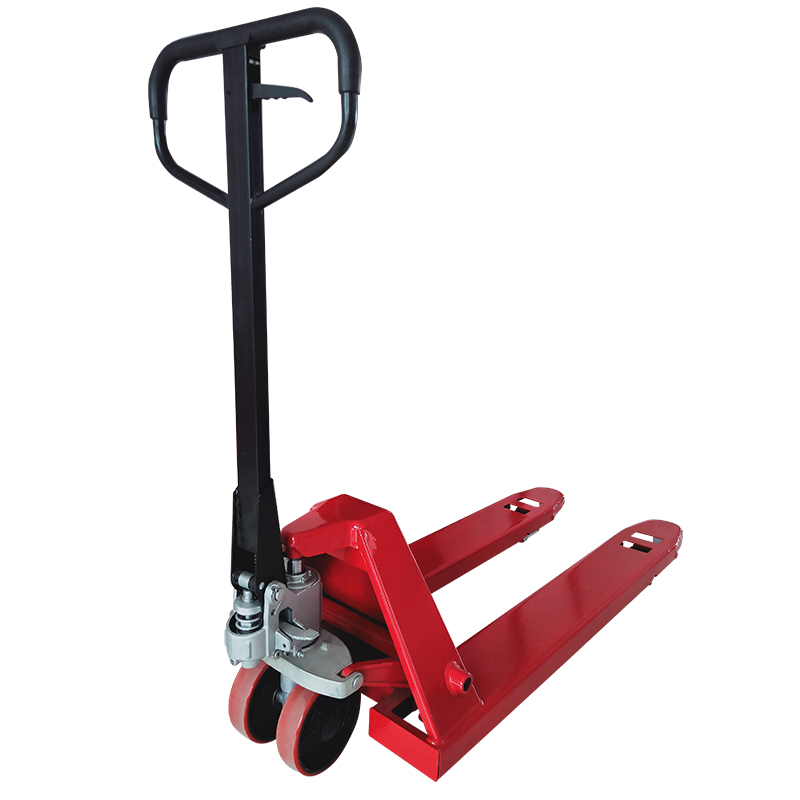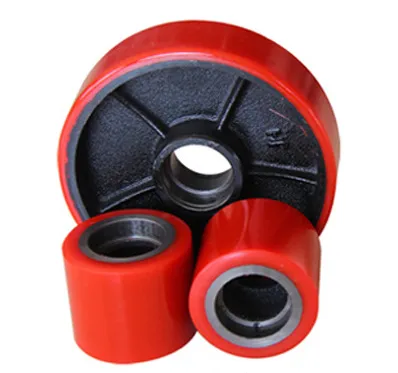Chain pulleys are essential tools in numerous industries, often praised for their reliability and simplicity when lifting heavy loads. These devices leverage the fundamental principles of physics—specifically, the mechanics of pulleys and chains—to make the handling of heavyweight materials manageable and efficient. Their utility spans a wide array of applications, including construction, shipping, warehousing, and manufacturing, positioning chain pulley systems as indispensable in scenarios where robust and dependable lifting solutions are required.

When considering chain pulley lifting devices, it's crucial to recognize their primary component—the mechanical advantage. Through an arrangement of gears and chains, these pulleys allow an operator to lift and maneuver loads with a significantly reduced exertion of force compared to direct lifting. This advantage is not just beneficial but imperative when contending with substantial weights, thereby minimizing the risk of injury and enhancing overall workplace safety.
A defining feature of chain pulley systems is their versatility, available in various configurations to suit specific needs. Manual chain hoists, for instance, are widely used due to their portability and ease of use. Comprising a combination of chains, hooks, and gears, these tools demand only human power, making them ideal for locations lacking electricity or in situations necessitating high mobility. The manual nature, however, should not overshadow their robust capacity, which can accommodate several tons of weight depending on the model and make.

In comparison, powered chain hoists—either electric or pneumatic—offer an automated alternative, reducing the manual effort required further and increasing efficiency for repetitive lifting tasks. Such systems are particularly favored in industrial settings where speed and consistency are paramount. Their precision controls enable operators to handle loads delicately, ensuring both the safety of goods and the efficiency of operations.
chain pulley lifting
The expertise involved in using chain pulleys extends beyond operational knowledge to encompass a thorough understanding of load assessment and equipment maintenance. Proper training in recognizing load limits and ensuring the integrity of the pulley system is vital. Certified operators not only improve the safety of their operational environment but also extend the lifespan of the equipment, promoting cost-effectiveness in the long run. Regular inspections and maintenance, such as lubricating moving parts and checking for wear and tear, are crucial practices that sustain the functional durability of chain pulleys.
Furthermore,
trust in chain pulley systems is reinforced by adherence to international standards and certifications. Organizations such as the Occupational Safety and Health Administration (OSHA) and the American National Standards Institute (ANSI) provide guidelines and standards to ensure equipment safety and reliability. Equipment that is certified by such bodies instills confidence in users and compliance with regulatory requirements, highlighting the commitment of manufacturers to high-quality production standards.
In the decision-making process of acquiring a chain pulley system, the element of authoritativeness comes into play. It's advisable to seek products from reputable manufacturers known for their innovation and reliability in lifting technology. These companies often offer extensive customer support and warranty programs, which are indicative of their commitment to customer satisfaction and product excellence.
In conclusion, the use of chain pulley lifting systems presents a harmonious blend of engineering prowess and operational excellence. They not only facilitate the physical management of weighty loads but also embody the sophistication of simple mechanical solutions refined over years of industrial developments. Their enduring presence in various sectors is testament to their effectiveness, reliability, and indispensable role in facilitating modern-day heavy lifting operations. Embracing both manual and powered configurations ensures that each application scenario can be met with a specialized solution, proving that when it comes to heavy lifting, chain pulleys remain a cornerstone of industrial efficiency.








